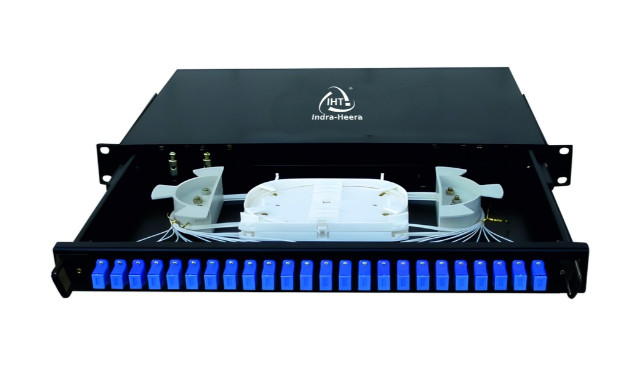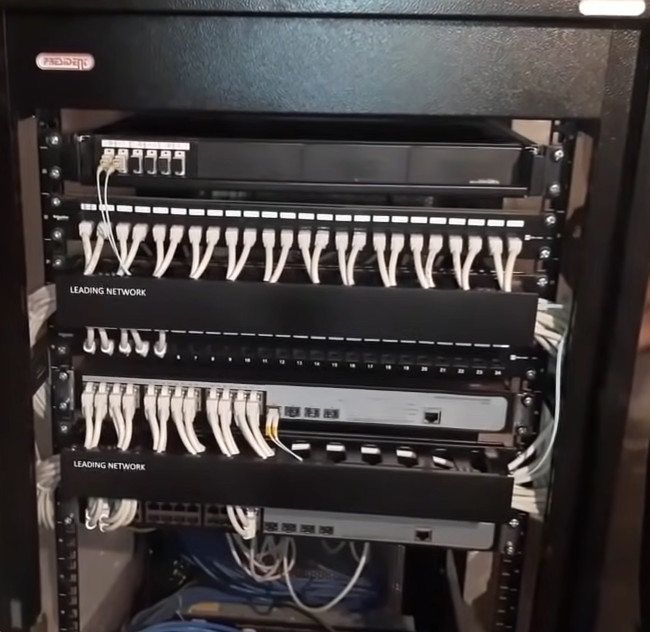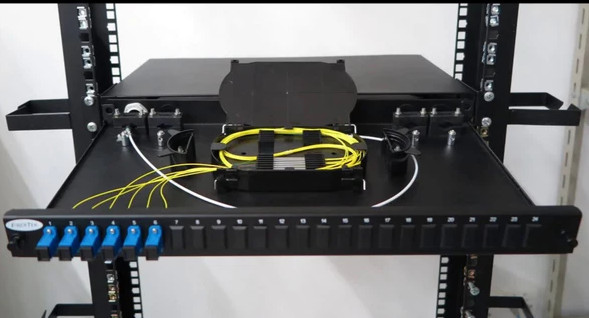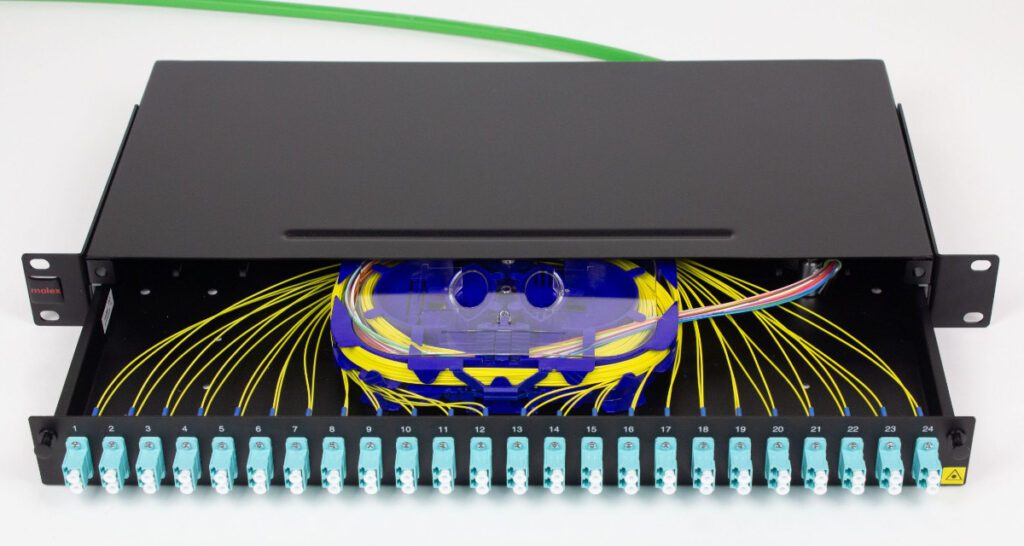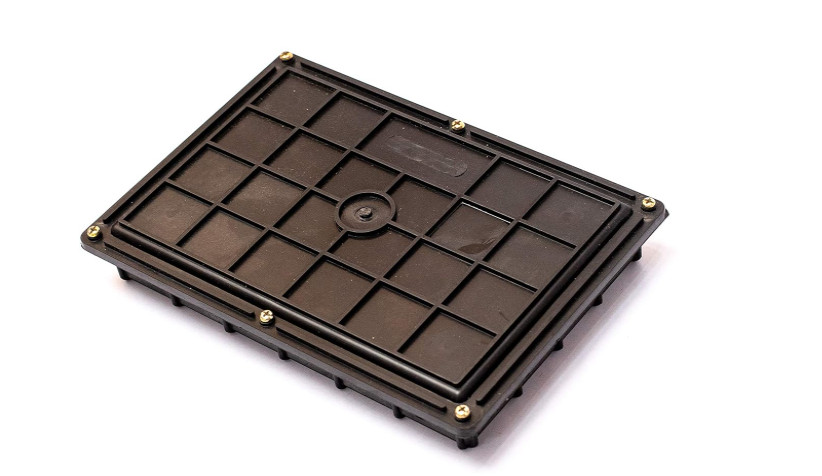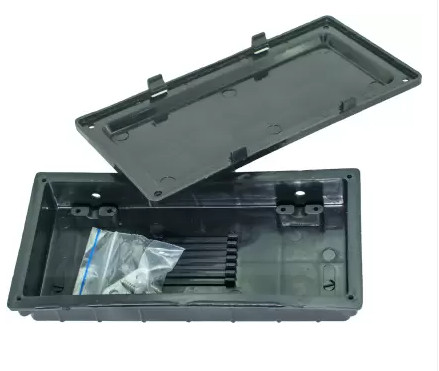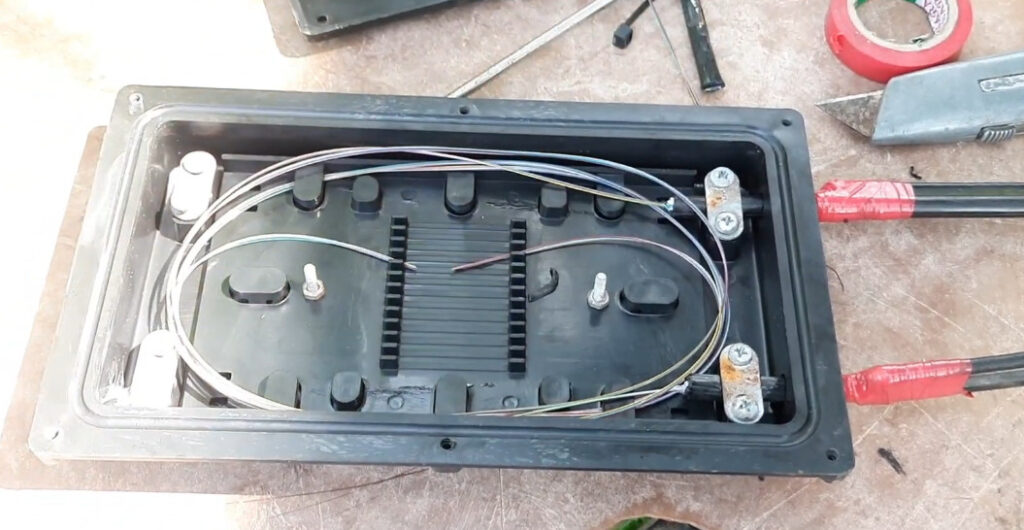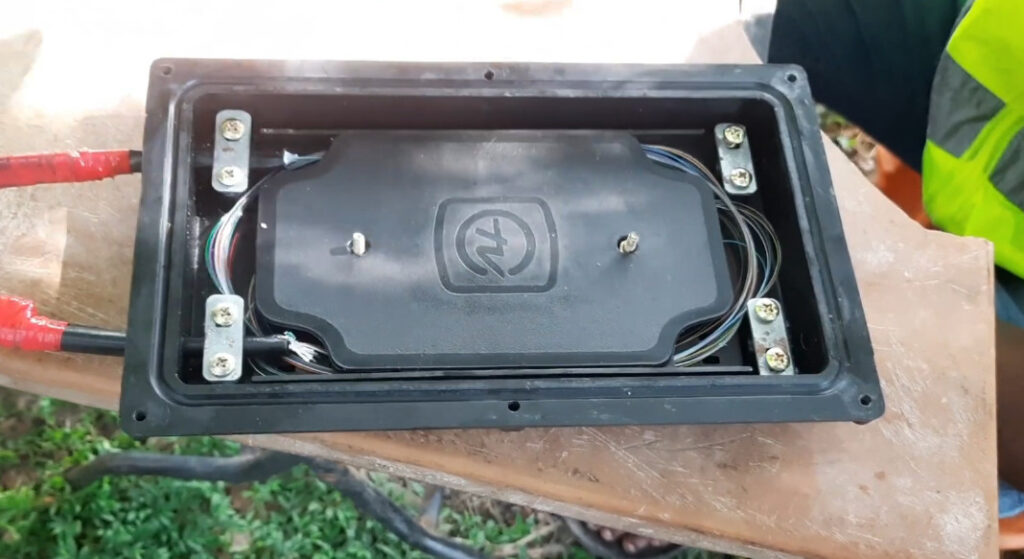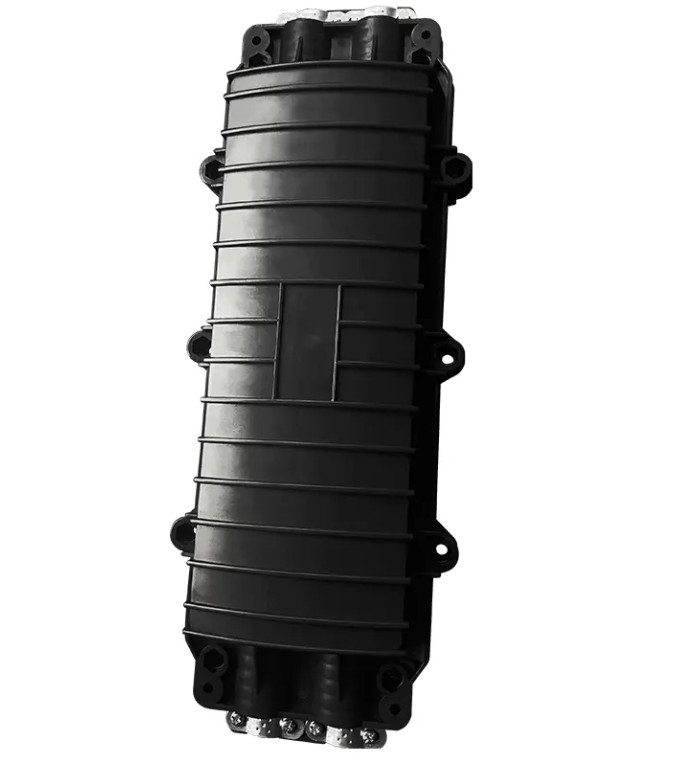- 8777701917
- info@saikatinfotech.com
- Basirhat W.B
A fiber optic distribution frame (ODF) or fiber optic patch panel is an essential component in fiber optic networks that helps organize, manage, and terminate fiber optic cables. It provides a way to connect and disconnect fibers in a structured manner, enabling easy management of connections. Fiber patch panels are used in various settings, including data centers, telecom rooms, and industrial networks.
There are different types of fiber optic ODF patch panels based on several factors, such as the design, form factor, and fiber optic connection types. Below is a list of the most common types of fiber ODF patch panels:
| Type | Description | Common Use | Advantages | Disadvantages |
|---|---|---|---|---|
| Rack-Mountable Patch Panels | Fits into standard 19″/23″ racks, used for high-density fiber management. | Data centers, telecom rooms, large installations. | High-density, organized, flexible. | Requires rack space, less portable. |
| Wall-Mountable Patch Panels | Mounted on the wall, ideal for smaller installations. | Small offices, FTTH, remote locations. | Space-saving, cost-effective. | Lower density, smaller configurations. |
| Cassette-based Patch Panels | Modular design, uses cassettes for fiber management. | High-density data centers, telecom networks. | Scalable, flexible, easy to manage. | More expensive, may require specific cassettes. |
| Sliding Patch Panels | Drawer-style patch panel for easy access. | High-traffic networks, large data centers. | Easy access, efficient cable management. |
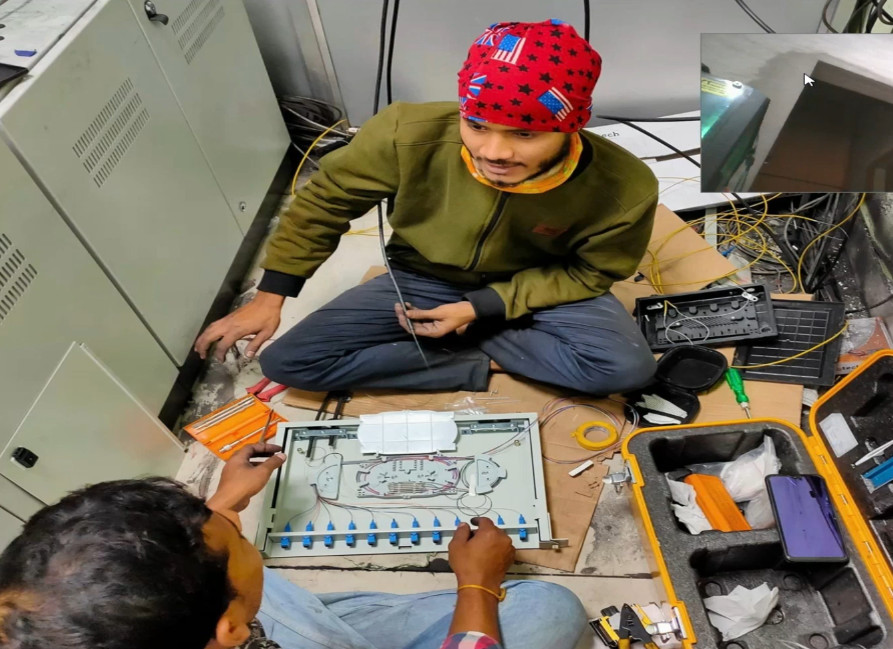
The IHT FD124S-SC Distribution Management System (FDMS) and Light Interface Unit (LIU) stand as a cutting-edge solution for fiber optic installations, boasting precision, reliability, and cost-effectiveness. With 24 Simplex SC Adapters designed for Single Mode Fiber, this system provides 24 SC ports in a rack-mountable 1U slider configuration, seamlessly integrating into network setups. Engineered for optimal performance over single mode optical fiber, it minimizes signal loss and maximizes data transmission efficiency. Leveraging advanced technology, this solution represents a cost-effective approach to fiber distribution management. Rely on IHT’s commitment to excellence for unparalleled connectivity solutions. Explore the LIU 24 ports and FDMS 24 ports rack-mountable to elevate your fiber optic infrastructure, ensuring a high level of performance and efficiency.
